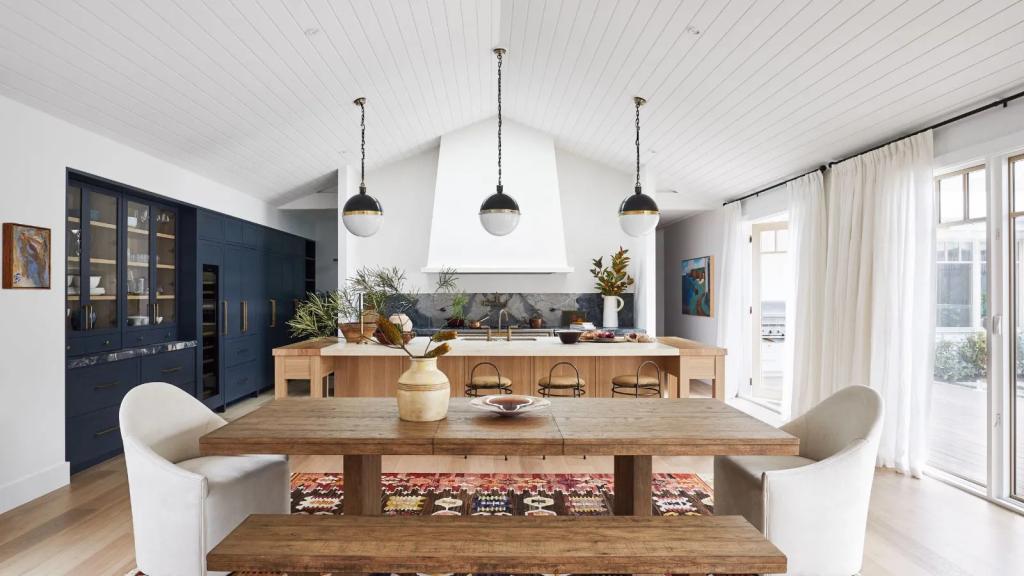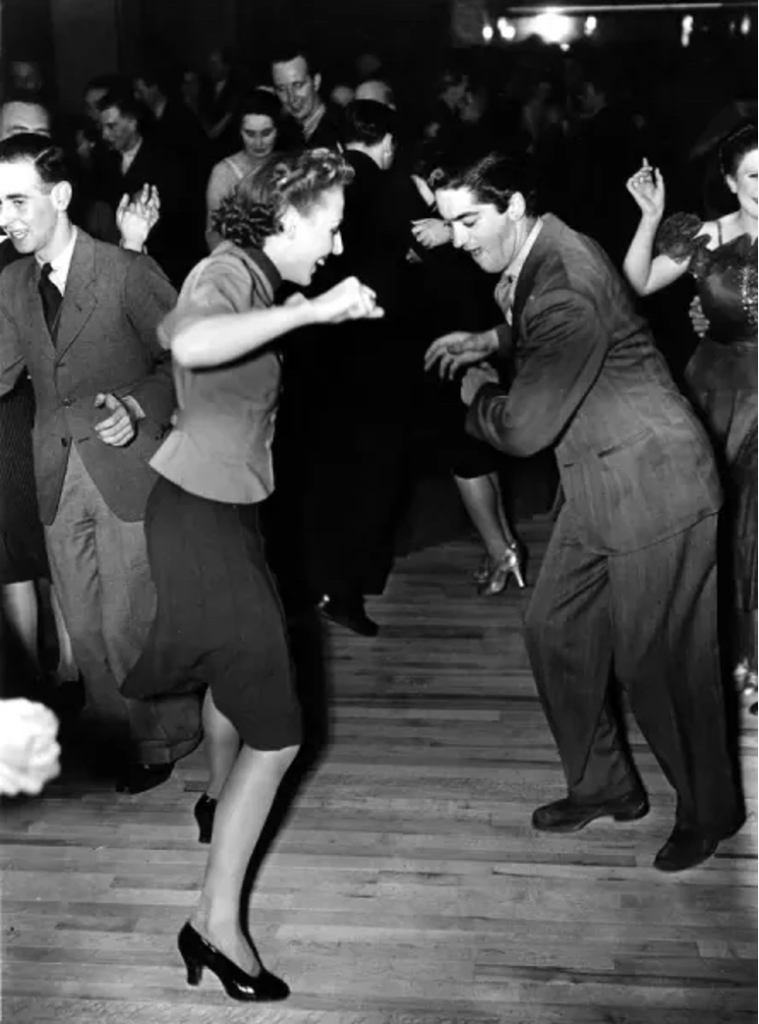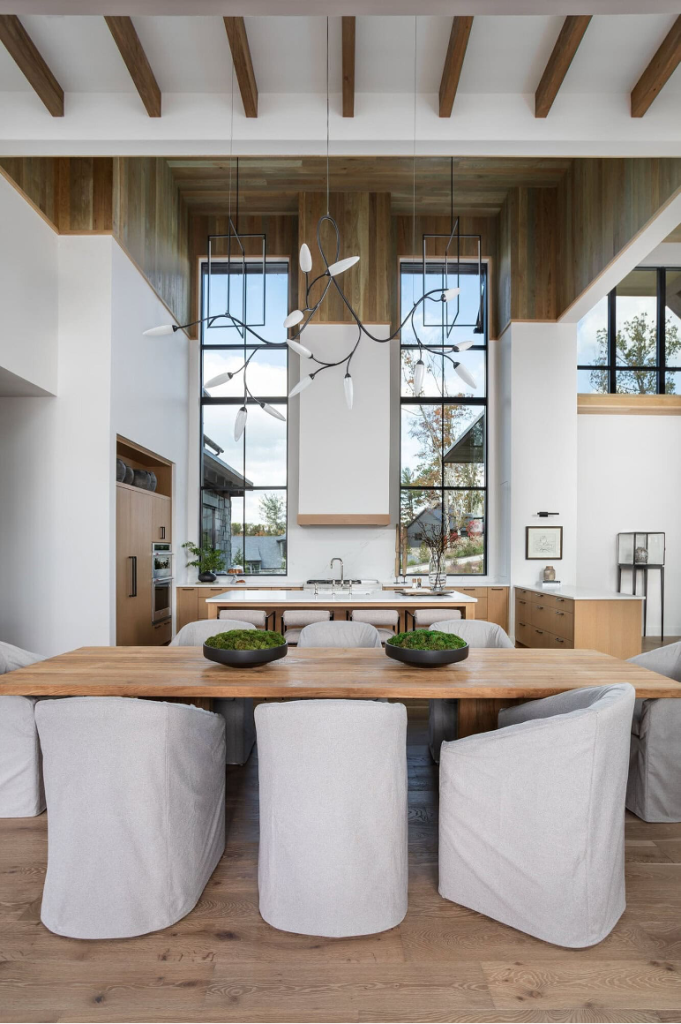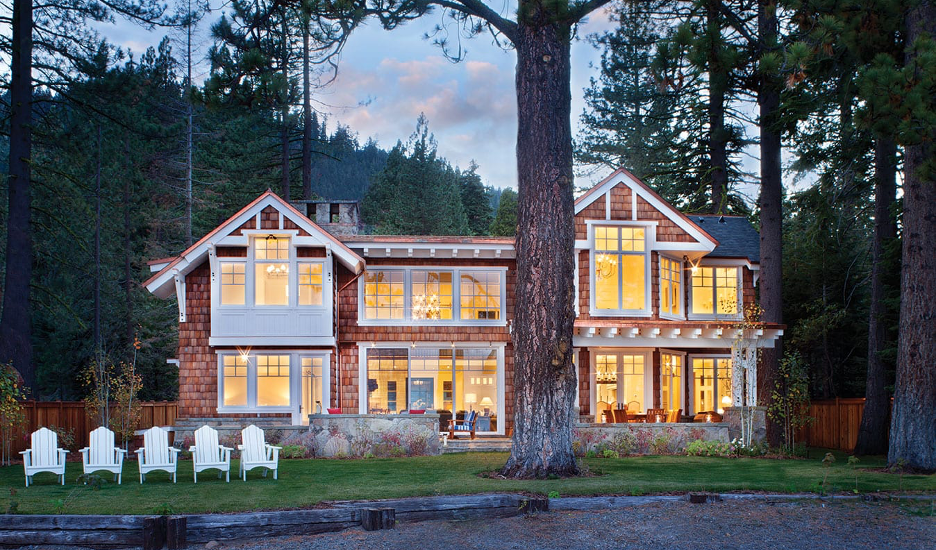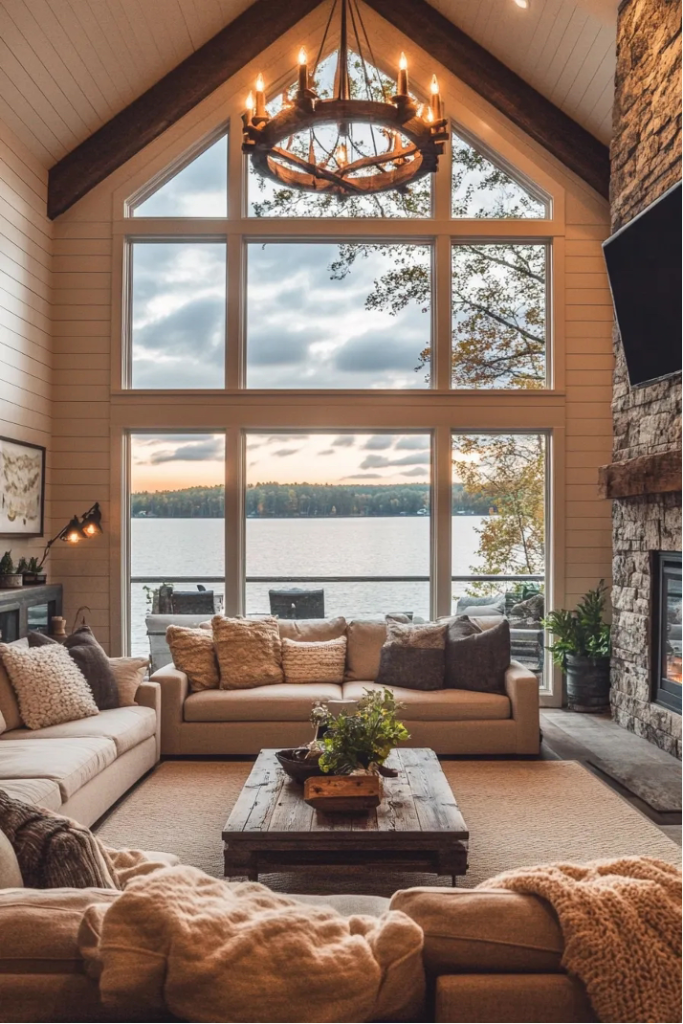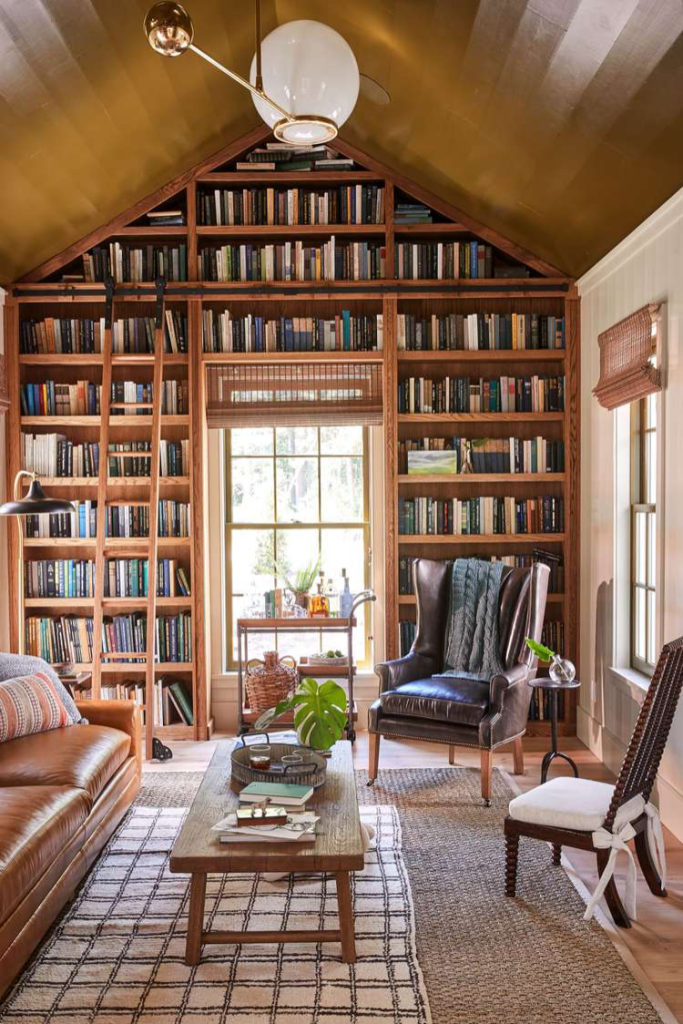
Winter at the lake has a quieter rhythm. Boats are pulled ashore, docks rest under frost, and kitchens become the true gathering place. On cold days, when the view outside is muted, and meals need to do more than simply fill the plate, cannellini beans offer dependable comfort. Their mild flavor, creamy interior, and ability to carry herbs, aromatics, and slow-building depth make them particularly well suited to winter cooking in lake homes across the country.
From snowbound cabins to misty lake homes where winter still calls for warmth at the table, cannellini beans adapt easily to regional tastes. They enrich soups without heaviness, anchor baked dishes that feed a group, and turn simple pantry meals into satisfying suppers. This collection of recipes highlights the versatility of cannellini beans. These dishes are not overly elaborate nor rushed. They suit the pace of winter weekends and early-dark evenings, offering structure and warmth without excess.
Savory White Chicken Chili

This white chicken chili combines cannellini beans, chicken thighs, sun-dried tomatoes, garlic, and cream into a richly textured chili that feels especially appropriate for colder Northern and Rocky Mountain lake regions. The beans break down slightly as they simmer, thickening the broth naturally. The dish takes approximately 15 minutes of prep and 35 minutes of cooking time. The flavor profile is savory and gently tangy, with subtle heat and a creamy finish. Serve it with cornbread or toasted sourdough and a simple cabbage slaw for balance. Visit Food & Wine for the recipe.
Green Pasta e Fagioli

This streamlined pasta dish pairs cannellini beans with garlic, red pepper flakes, olive oil, and kale, making it ideal for East Coast and Mid-Atlantic lake homes where winter meals often favor simplicity and pantry reliability. The recipe takes about 10 minutes to prep and 25 minutes to cook. The beans provide body and richness, while the pasta water creates a light sauce that coats each strand. Serve with grated Parmesan or Pecorino Romano and a crisp green salad. Visit Bon Appétit for the recipe.
Shrimp with Herby White Beans and Tomatoes

A light yet warming seafood dish, this one-pot meal pairs succulent shrimp with garlicky tomatoes and cannellini beans, making it ideal for Pacific Northwest or New England lake homes. Cook time is quick—around 20–25 minutes—and the beans soak up the savory seafood broth while fresh herbs add brightness. Serve over polenta or with toasted sourdough to sop up every last drop. This dish is perfect after a cold morning on the ice or prepping boats for spring. Visit Epicurious for the recipe.
Creamy Bean Dip and Roasted Tomato Salad

This creamy dip elevates cannellini beans into a spreadable, savory dish topped with vibrant roasted cherry tomatoes and olives. It’s a flexible addition to winter appetizers at lake gatherings from New England to the Rockies. Total time is about 55 minutes, including roast time. The pureed beans are creamy and mild, with bright, tangy tomatoes and salty olives on top. Serve with grilled flatbread, pita chips, or crudités, and pair with a winter wine or sparkling water with rosemary to round out a casual supper or party spread. Visit Serious Eats for the full instructions and recipe.
Quick White Bean and Ham Gratin

This satisfying Quick White Bean and Ham Gratin is an easy baked dish that turns cannellini beans and thick-cut ham into a rich, bubbling gratin topped with golden breadcrumbs. With about 15 minutes of prep and 30 minutes baking, this gratin is perfect for lake house dinners in the Midwest or around Tennessee’s reservoirs. The beans’ creaminess contrasts delightfully with the crunchy topping, while the salty ham adds heartiness that pairs well with roasted Brussels sprouts or sautéed greens. Serve this with a mustard-dressed winter kale salad to round out the flavors. Visit Epicurious for the recipe.
Beef and Cannellini Bean Minestrone

This hearty Beef and Cannellini Bean Minestrone delivers classic Italian comfort with a winter twist. Ground beef, aromatic sofrito, tomatoes, cannellini beans, and broth simmer together for about 50 minutes into a rich soup that feels at home in chilly lake cabins from Vermont to Wisconsin. The beans add creamy body while the vegetables and herbs bring depth. Serve with grated Parmesan and warm focaccia or sourdough to sop up every spoonful. For the recipe, visit Food Network.
Farro and White Bean Salad

For a warm salad that’s substantial yet light, this Farro & White Bean Salad brings roasted seasonal vegetables together with farro and cannellini beans in a lemony herb dressing. This dish—ready in about 40–45 minutes—works beautifully in Southeastern or Southwestern lake regions where winter nights still call for vibrant textures. The farro offers chewy body, the roasted veggies add sweetness, and the beans keep it grounded. Pair with crusty bread and a white wine for a balanced supper or serve it alongside grilled chicken for extra protein. Visit Delish for the recipe.
Cannellini beans offer more than convenience during winter at the lake, providing structure, nourishment, and adaptability across regional cooking styles. Whether baked into a gratin, simmered into chili, folded into pasta, or blended into a refined dip, they meet winter’s demands with quiet reliability. These seven recipes demonstrate how a single ingredient can anchor meals that feel deliberate and satisfying without excess—exactly the kind of cooking that suits long evenings, stocked pantries, and the slower pace of lake life in winter. For more inspired recipe ideas to live your best lake life, visit Lake Homes Lifestyles.















